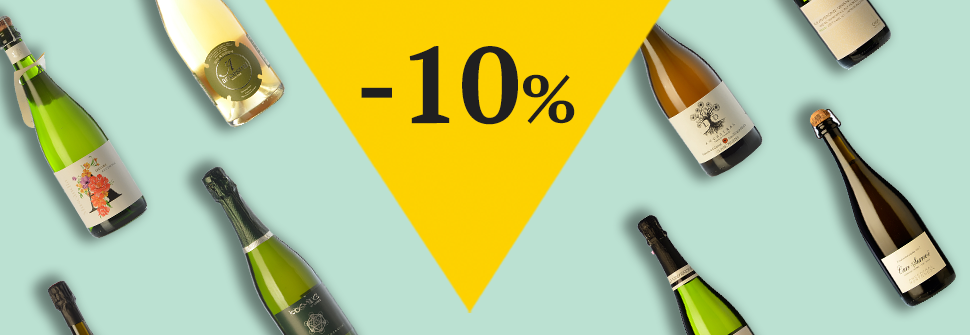Ancestral bubbles
Ancestral method, an excellent way to produce top quality sparkling wines.

The ancestral method was discovered by accident by monks in Limoux, France in the sixteenth century. Low winter temperatures paused the wine's fermentation and the monks, believing that to be the end of the process, bottled the wine.
When the wine restarted its fermentation in the springtime, many bottles exploded due to the pressure inside them. However, some survived and on opening them, the monks discovered an interesting sparkling wine.
This method, allowing the original fermentation to continue in the bottle, is now known as the ancestral method. Decades later, in 1668, Dom Perignon came up with the idea of controlling a second fermentation in the bottle — thus creating the Champagne or traditional method.
This difference in fermentations is the essential difference between traditional sparkling wines and ancestral ones, often called pétillant-naturels or pét-nats. While the ancestral method involves bottling the wine before it finishes fermenting and allowing it to complete the process in the bottle, thus creating the sought-after bubbles, the traditional or Champagne method involves bottling an already-fermented wine and provoking a second fermentation by adding sugar and yeast.
Both methods usually call for the wines to be disgorged to remove any sediments and lees. However, whereas ancestral wines are usually filled up then with a little more of the same wine, traditional Champagne-method ones are filled with the so-called dosage or liqueur d'expedition, a mixture of sugar and wine to find the right balance of acidity and sweetness in the final product.
The production of ancestral sparkling wines is making a comeback in some areas such as Catalonia. Although some producers believe the Champagne method is the best way to make sparkling wines, other winemakers state that it doesn’t make sense to use the same methods of a cold area like the Champagne region in France in the mild climates of Catalonia.
Chaptalization (enriching the grape must by adding sugar to increase the alcohol content of the wine) is necessary for France, but in the warmer climes of Catalonia and Spain, the intense sunlight ensures that the grapes themselves can have high sugar content.
Thus it doesn't seem logical to harvest unripe grapes and add sugar later for a second fermentation, if grapes can be collected when they are much riper and there is then no need for added sugar.
The debate over the pros and cons of each method is a healthy and active one with arguments which help the quality of all wines to improve. But what's clear too is that more and more modern-day ancestral sparkling wines are appearing in Catalonia and the results are very promising!
You May Be Also Interested in
- What is Cava?
- When and how to drink cava
- Cava Food Pairing
- 6 Tips for Selecting the Right Cava Bottle
- What grapes are used to make cava and champagne?
- The 20 best rated cava brands by our customers
- 15 unbeatable Brut Nature wines in terms of price/pleasure ratio


